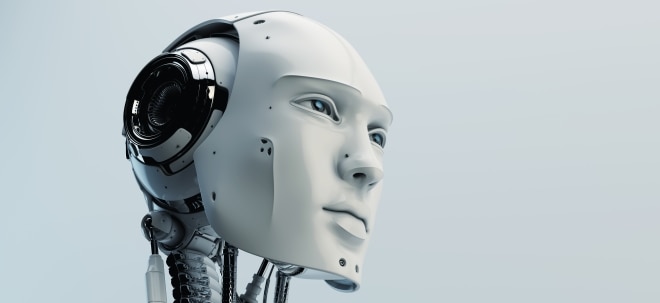IEEE Study Reviews Novel Photonics Breakthroughs of 2024
Researchers focus on their pathbreaking study on coupling free electrons with nonlinear optical states in integrated photonic microresonators
NEW YORK, Oct. 31, 2025 /PRNewswire/ -- Nonlinear optical dynamics—intensity-dependent response of light upon interaction with materials under high-intensity light sources—are of huge significance in modern photonics, findings applications in fields ranging from lasers, amplifiers, modulators, and sensors to the study of topics including quantum optics, nonlinear system dynamics, as well as light-matter interactions. Elsewhere, scientists have made significant strides in the understanding of the interactions of free electrons with light in electron microscopy.
Recently, chip-based optical microresonators with a high-quality factor (Q) has led to further exploration of electron-photon interactions. However, these demonstrations mainly leverage the linear cavity response, overlooking the rich nonlinear optical dynamics of high-Q microresonators.
In a review article, an international team of researchers, led by Dr. Yujia Yang and Prof.Tobias J. Kippenberg, both from Swiss Federal Institute of Technology Lausanne, Switzerland, and Prof. Claus Ropers from Max Planck Institute for Multidisciplinary Sciences, Germany, have comprehensively summarized the advancements in electron-photon interactions in electron microscopes in 2024, with a focus on their breakthrough work on coupling free electrons with nonlinear optical states in integrated photonic microresonators. Their study was published online in the IEEE Photonics Journal on 2 September 2025.
"We coupled free-electron beams in a transmission electron microscope with diverse spatiotemporal optical waveforms associated with coherent or incoherent microcombs synthesized by optical parametric oscillations. In particular, we demonstrated ultrafast electron-beam modulation by chip-based femtosecond temporal solitons inside the microresonator," highlights Dr. Yang.
Additionally, the researchers summarize other highly promising recent advances made in 2024, such as attosecond electron microscopy via free electron homodyne detection, probing polariton wavepackets with free electron resonant interferometry, generation and characterization of chiral electron coils, as well as ultrafast Kapitza-Dirac effect.
"Various such emerging photonic technologies offer innovative approaches for coupling free electrons with light. The rich nonlinear optical dynamics of high-Q microresonators present an intriguing opportunity for controlling free electrons with nonlinear optics and probing nonlinear optics with electron beams," says Prof. Kippenberg.
"We anticipate that these and upcoming developments will foster novel research and applications in advanced electron control and measurement schemes for electron imaging and spectroscopy, free-electron light sources, laser-based particle accelerators, and ultrafast quantum optics," concludes Prof. Ropers, highlighting the immense potential of the photonics breakthroughs of 2024.
Reference
Title of original paper: Photonics Breakthroughs 2024: Free-Electron Interaction with Nonlinear Optical States
Journal: IEEE Photonics Journal
DOI: 10.1109/JPHOT.2025.3604853
Contact:
Laura A. Lander
1 (732)-465-6479
404140@email4pr.com
![]() View original content to download multimedia:https://www.prnewswire.com/news-releases/ieee-study-reviews-novel-photonics-breakthroughs-of-2024-302600669.html
View original content to download multimedia:https://www.prnewswire.com/news-releases/ieee-study-reviews-novel-photonics-breakthroughs-of-2024-302600669.html
SOURCE IEEE Photonics Society

